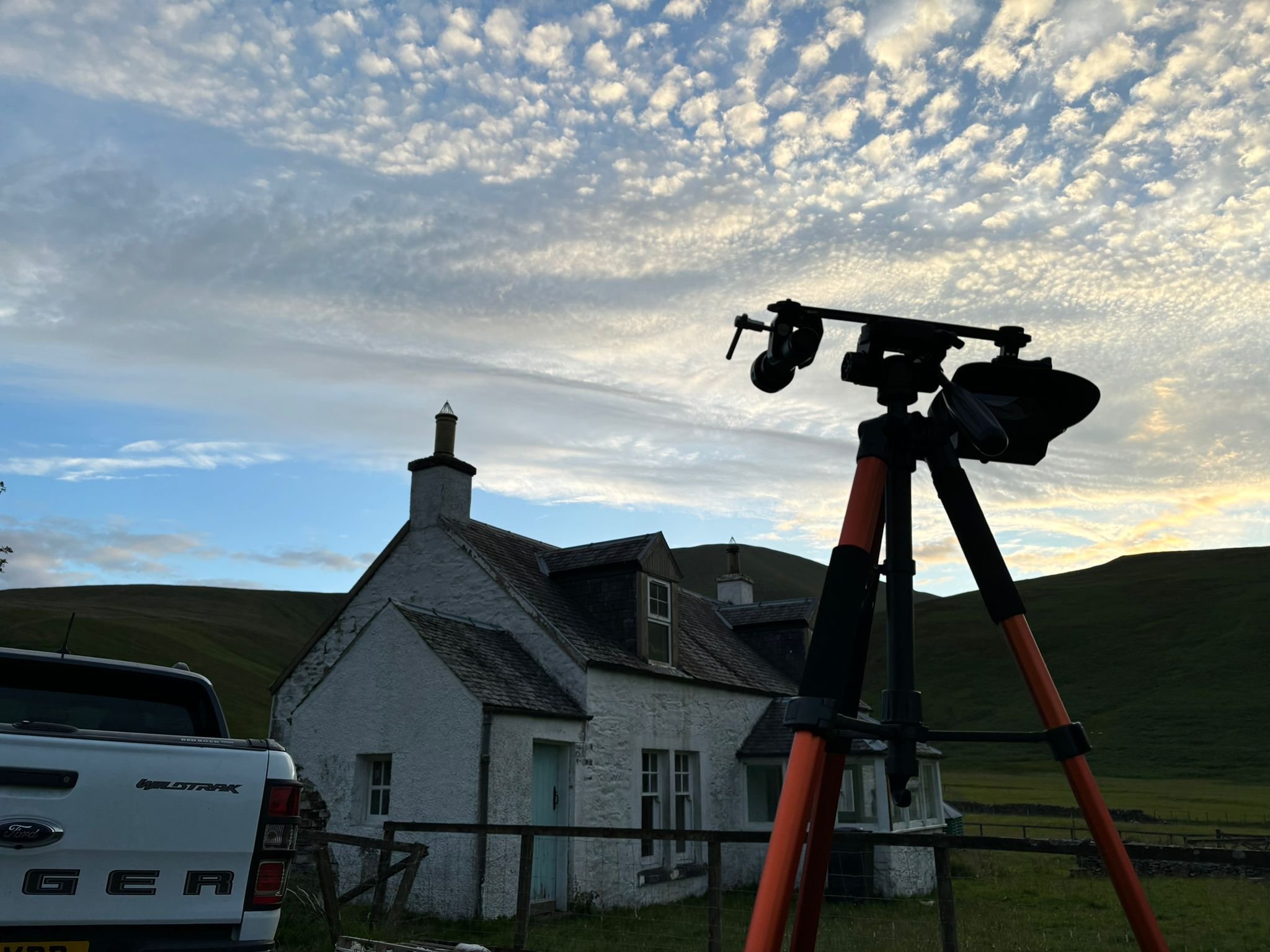What is a Bat Survey?
If you’d like more information, check out this or contact us.
Quite simply, bat surveys take place in two parts…
1. Daytime Bat Walkover
Also known as a Preliminary Roost Assessment (PRA) or Stage 1 Bat Survey.
This is a visual inspection of a property or development site to assess the potential that a roost may be present. During this survey, we will look for:
Sometimes bat signs are obvious, like this attic with bat droppings... but that isn't always the case. Many bat roosts can't be seen by a visual inspection alone.
Structures and features that may hold a bat roost.
Signs of bats roosting.
Visible bats.
Surrounding habitats and features.
Based on the potential your property or site has to have bats, we will recommend an appropriate number of Presence/Absence Surveys.
We will never recommend unnecessary surveys. We will only ever recommend the surveys needed to complete your project in line with UK law.
2. Presence Absence Surveys
Also known as a Bat Activity Survey or Stage 2 Bat Survey.
These surveys involve a team of our experienced assistant ecologists observing your property. We use acoustic and visual supports to help us see bats entering or leaving their roosts, identify which species they are, and determine the type of roost present.
Infrared cameras and bat detectors help us see and hear bats with accuracy.
It’s unusual for us to see no bats on a survey, but your property will have its own unique features that make it more/less suitable as a roosting site. Bats can commute between roosts and foraging habitat so seeing bats in your garden isn’t always an indication of a roost (nor does it rule out the presence of a roost!).
If you think you need a bat survey
It’s never too early in the life of your project to get in touch. We can help you plan your surveys in advance so your project runs without a hitch.
Get in touch with our specialist ecologists today for advice or a no obligation quote.
If you need a bat survey (or think you might) get in touch with our team of specialist ecologists!
Or read more of our latest blogs:






